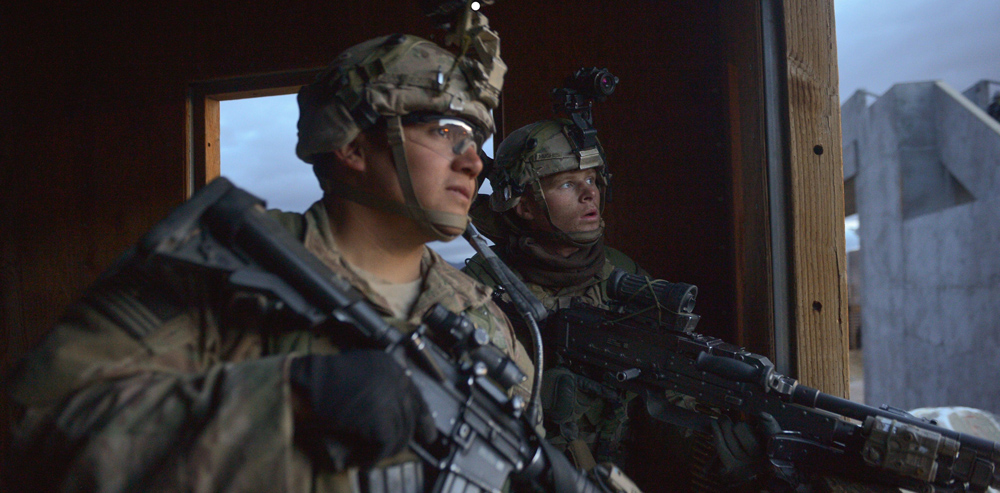
Army acquisition is advancing from reform to strategic thinking
From the Army Acquisition Executive
Ms. Steffanie B. Easter
The ancient Greek philosopher Heraclitus wrote that the “only constant is change,” a phrase that resonates with me today as our Army navigates ongoing changes to meet future challenges. The most visible changes are generally the most superficial, while it takes time for the effects of longer-term, more impactful changes to become apparent. As the senior official performing the duties of the assistant secretary of the Army for acquisition, logistics and technology, I reflect upon the more sustained, underlying changes that face Army acquisition. More than new leadership and strategies, the emerging threats and changing environments in which our Army will operate require proportional adjustments and continued improvement of the acquisition process.
The Army’s emphasis through acquisition reform has been, and continues to be, equipping the most formidable ground combat force on Earth at the best value to the taxpayer. Acquisition reform as an iterative process began decades ago, but the renewed emphasis Army senior leadership has placed on improving efficiencies, responsiveness and timeliness already has produced significant, measurable results.
For example, the Joint Light Tactical Vehicle (JLTV) program led by the Army is on track to close a critical capability gap for Soldiers and Marines, having delivered the first production vehicle below cost and ahead of schedule in October 2016. The first vehicles will help reduce future production risk and serve as performance and operational test program assets to verify that requirements are met in the areas of reliability, transportability, survivability and networking. Thanks to outstanding program management, we expect to deliver all 49,099 Army JLTVs by the mid-2030s instead of the early 2040s, at roughly 15 percent less than planned—nearly $6 billion in savings—giving Soldiers and Marines much-needed capability and returning badly needed resources to invest in other modernization priorities.
Strategic acquisition looks to meet the threats of today, tomorrow and the future with a more holistic approach across the acquisition life cycle and the entire Army enterprise. The question to ask ourselves is, how do we create scalable sustainment, a flexible procurement system that successfully manages the infrastructure? We must think beyond fielding capability as the end goal—with roughly 70 percent of program costs then going into sustainment—and consider how the program may be recombined, repurposed or salvaged to benefit future systems. The Army must think in terms broader than divestiture or demilitarization—as with the procurement strategy for the M109A7 Self-Propelled Howitzer, which combines M109A6 turrets and a Bradley Fighting Vehicle system chassis.
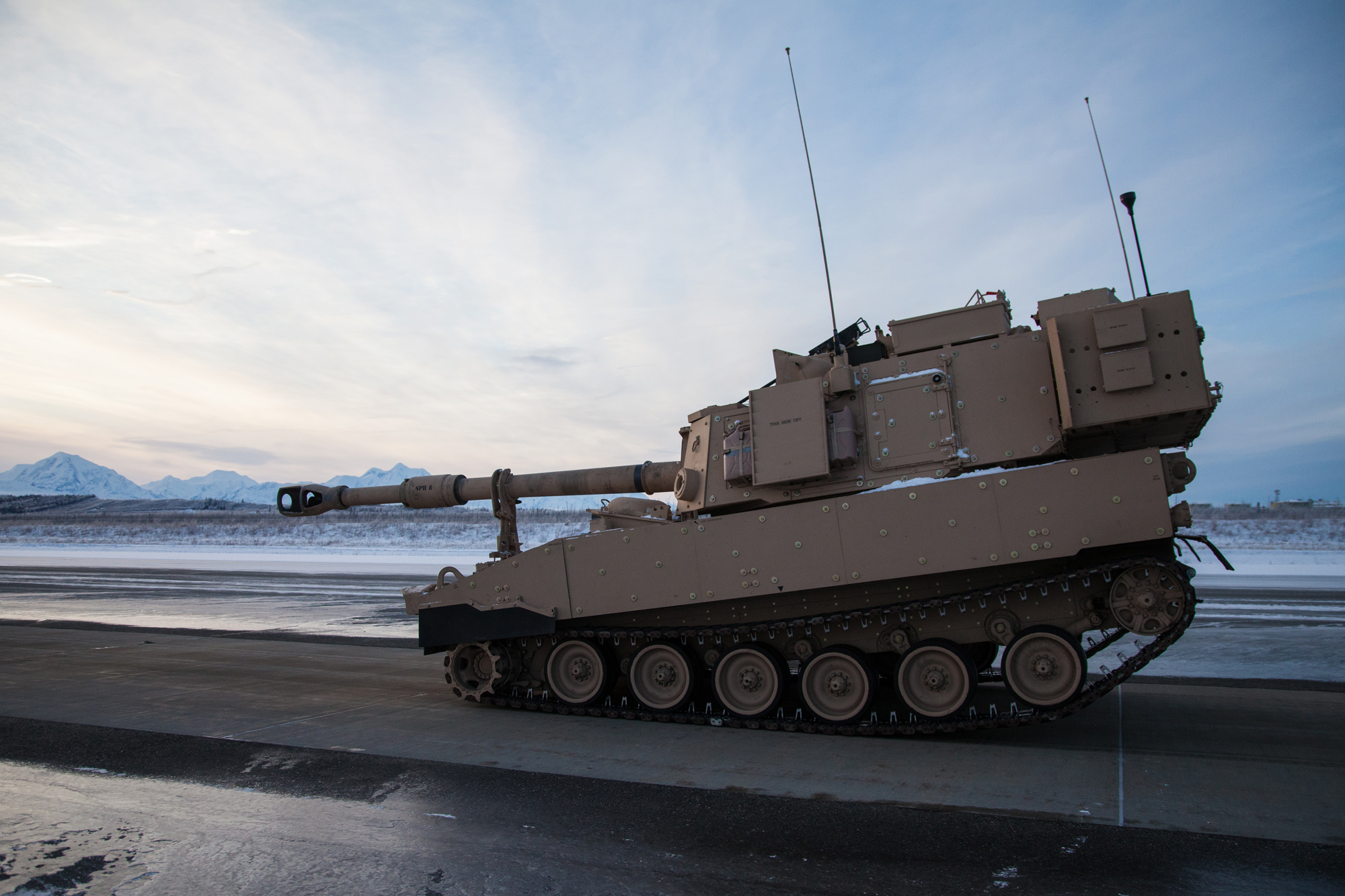
LONG-RANGE IMPACT
The M109A7 Paladin, the latest generation of self-propelled howitzers, undergoes extensive trails at the U.S. Army Cold Regions Test Center in Alaska, an element of the U.S. Army Test and Evaluation Command (ATEC). The Army’s procurement strategy for the M109A7 exemplifies the current shift toward thinking the terms broader than divestiture or demilitarization, by combining M109A6 turrents and a Bradley Fighting Vehicle system chassis to provide advanced capability while repurposing materials to save program costs.(Photo Credit: Sebastian Saarloos)
WHAT IS ‘STRATEGIC ACQUISITION’?
In the broadest context, “strategy” means examining the status quo, measuring the gap between that and the desired end state, and identifying the path to achieve that goal. “Strategic acquisition,” then, leads us to embrace the changes of acquisition reform and continue to build toward the most affordable and efficient processes to field capability. It is the business of making acquisition more efficient, more economical and more sensible.
Thanks to congressional advocacy, Army acquisition reform efforts in the 2016 National Defense Authorization Act provide warfighters with the best equipment when they need it. In a practical sense, a shared theme of acquisition reform and strategic acquisition is involvement of the highest levels of Army senior leadership earlier and more frequently to make informed decisions within the strategic framework, especially for rapid acquisitions and major defense acquisition programs.
To facilitate acquisition reform, the Army announced the establishment of the Rapid Capabilities Office in August 2016 to take measured risks, experiment, evolve and deliver technologies in real time to address current threats, and to shape smarter procurement strategies for the future. The Rapid Capabilities Office receives direct input from the secretary of the Army and the Army chief of staff (CSA) and is focused on the Army’s highest priorities, with an intent to deliver an operational effect within one to five years.
This timeline fills a gap we previously had in Army acquisition. It hits the “sweet spot” between the Army Rapid Equipping Force (which delivers capabilities in 180 days or less) and programs of record (which usually take five or more years to reach maturity). The Rapid Capabilities Office pulls forward and expedites emerging capabilities that otherwise would not be fielded until FY20 or FY21.
The Rapid Capabilities Office is a key component of acquisition reform and one of the solutions to reshaping Army acquisition overall. The office takes a strategic posture, prototyping and combining capabilities in innovative ways, and delivering interim solutions that will make a difference in the field as soon as possible—while helping the Army make smarter acquisition decisions for our programs over the long term.
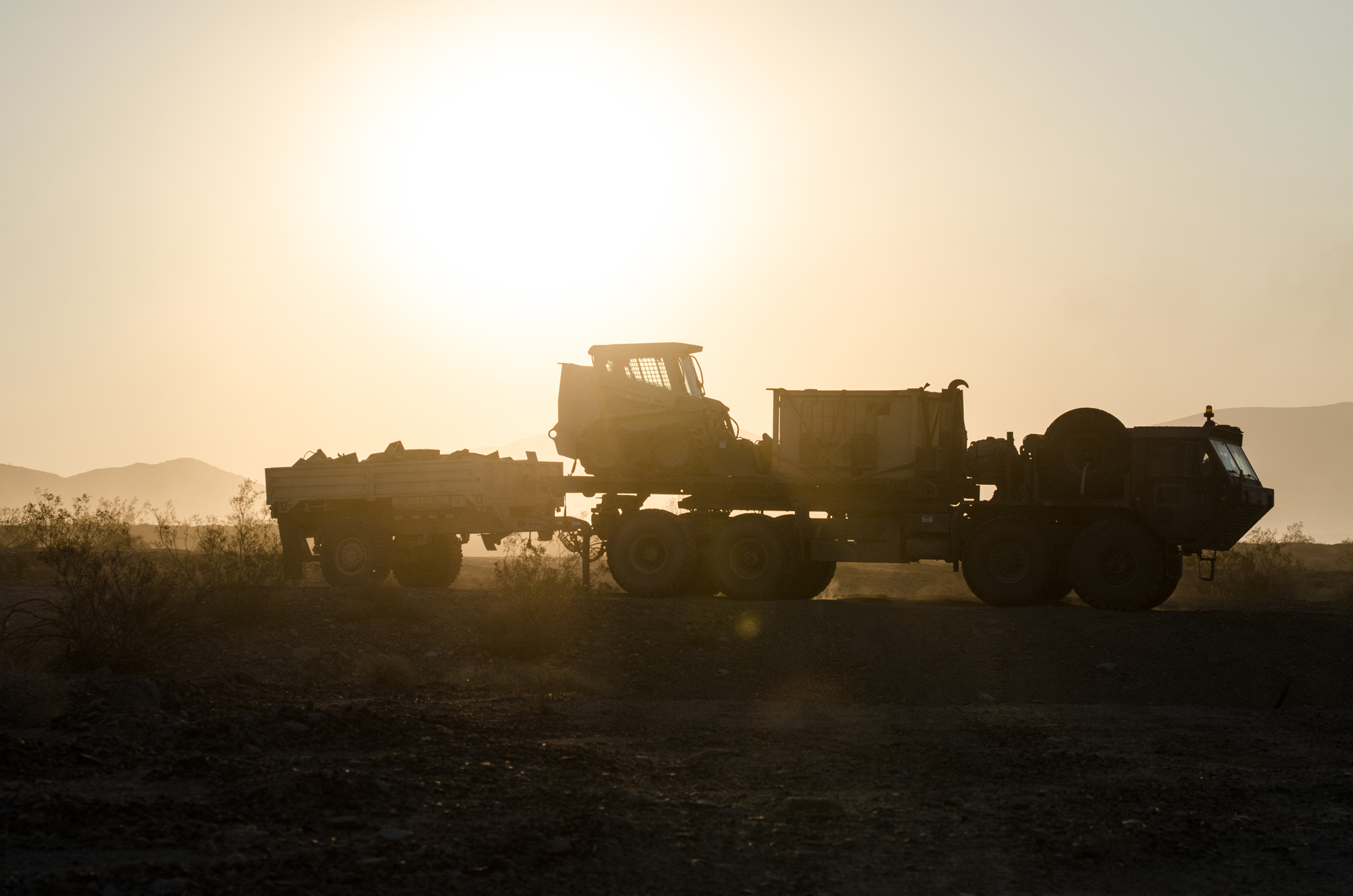
A MANDATE TO EXPERIMENT
Arkansas Army National Guard Soldiers operate a Heavy Expanded Mobility Tactical Truck on their first day of simulated combat operations at the National Training Center in August 2015. The 12-day field training exercise, involoving more than 5,200 Soldiers from National Guard, U.S. Army Reserve and active-duty Army units, is one example of the experimentation that the Army needs more of to develop and devliver technooloies more rapidly to address current threats and shape smarter procurement strategies for the future. (Photo by Spc. Michael Germundson, 115th Mobile Public Affairs Detachment)
HIGHER VISIBILITY
The reinvigorated Army Requirements Oversight Council (AROC) similarly introduces Army senior leadership directly into the acquisition process for major defense programs. Chaired by the CSA and facilitated by the Army’s deputy chief of staff, G-8, the AROC drives acquisition decisions over the life cycle of a program. The AROC convenes regularly on Army programs to ensure that acquisition, requirements, resourcing and test entities are all linked on our developmental programs. This process provides the opportunity to conduct strategic trades across cost, schedule and performance based on available resources.
For the past four years, the long-range investment requirements analysis (LIRA) has been the Army’s process to project over a 30-year period the implications of decisions made in the program objective memorandum (POM). The LIRA looked further out into the future than the five years of the POM to project future issues and decision points and begin to influence them today. The capability portfolio review (CPR) process took a more focused look at a narrow set of capabilities and requirements.
This year we replaced both the LIRA and CPR processes with the strategic portfolio analysis review (SPAR). With SPAR, we are taking the next step in long-range planning by building upon lessons learned from the LIRA and CPRs. The SPAR process injects senior leader guidance earlier and more often, and will help us make better-informed decisions on how to build the future Army. (See “Deter and Defeat,”)
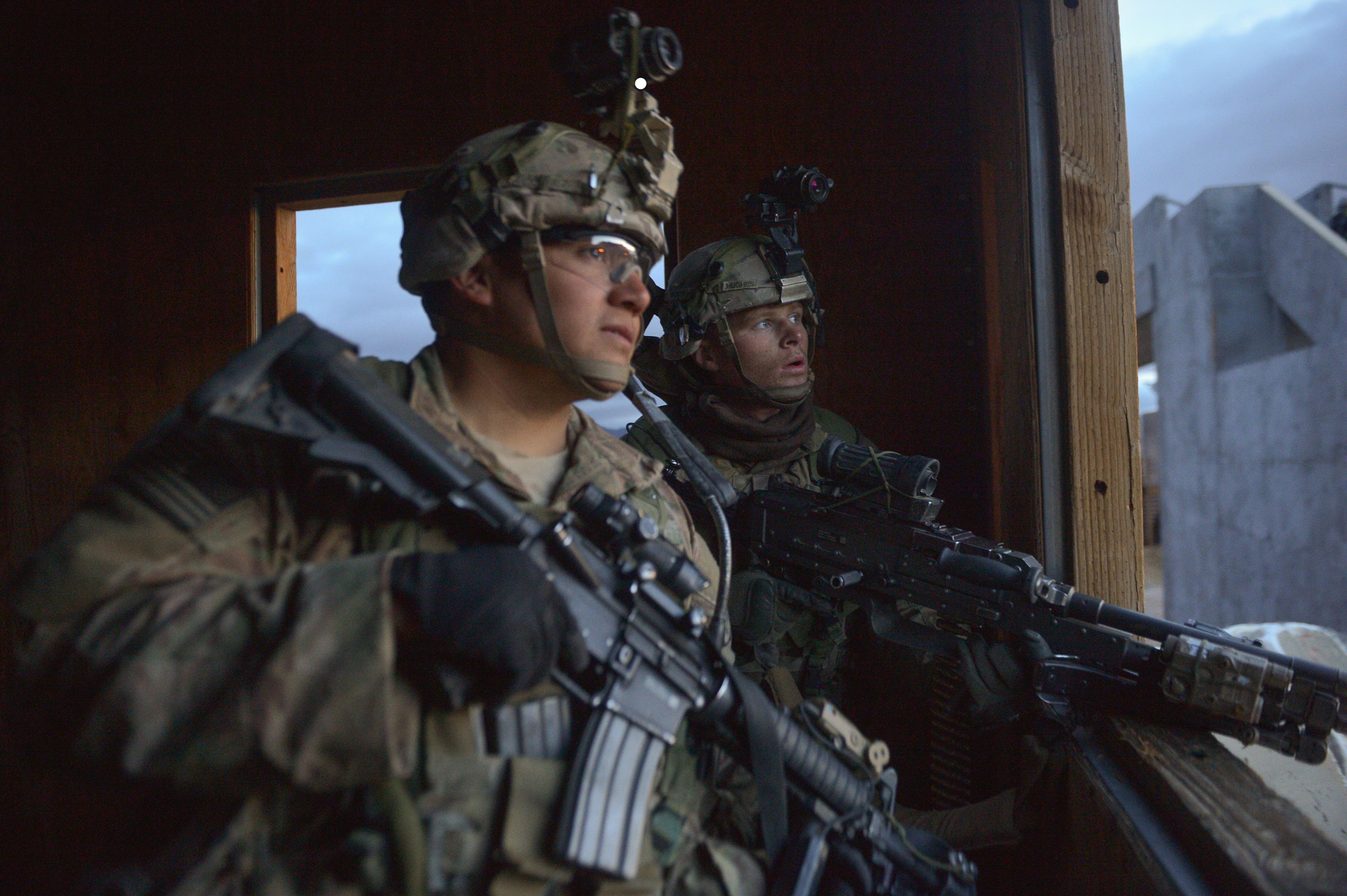
BRINGING THE THREAT HOME
Soldiers assigned to the 1st Cavalry Division search for enemy fighters during a clearance operation in a mock town at the National Training Center, Fort Irwin, California, in February 2016. Emerging threats and changing environments in which the Army will be called on to operate require continued improvement of acquisition processes, all of which feed into tough, realistic training to prepare Soldiers for combat. (U.S. Army photo by Staff Sgt. Alex Manne, 982nd Combat Camera Company Airborne)
CONCLUSION
As Army Chief of Staff Gen. Mark A. Milley discussed recently, rapid mobilization at the start of wars has worked, but only at great expense. It takes years to effectively regenerate the formidably trained and equipped ground fighting force that the United States possesses today. Being strategic in our acquisition decisions and focusing on modernizing the Army will preemptively close the gap to maintain overmatch against potential adversaries who are developing capabilities designed to exploit our vulnerabilities.
We can impact the Army’s future by:
- Ensuring that we enable our acquisition workforce to acquire relevant capabilities.
- Informing new concepts and prototypes that are enabled by advancements in technology.
- Developing enhancements or upgrades to increase capability while preserving existing investments.
- Employing innovative techniques to improve logistics and sustainment efforts.
- Investing in research that will enable new capabilities and create the opportunity for a next generation of concepts.
I want to take this opportunity to challenge you. We look to the future to build on the Army’s great counterinsurgency and counterterrorism efforts, yet remain vigilant in areas where our adversaries are accelerating and developing their own enhanced overmatch capabilities. We do not want to acquire or become tied to the technology used to fight the last war; rather, we must look to the future and prepare to fight the next one. We need to continue to strive for excellence in our products and our processes.
As Jean-Baptiste Alphonse Karr observed, “The more things change, the more they stay the same.” While the faces of leadership, theaters of conflict and adversaries are ever-changing, the underlying strength of the Army acquisition enterprise remains unchanged. Our people remain steadfast in their dedication to mission, and our priority remains resolute: to never send American Soldiers into a fair fight.
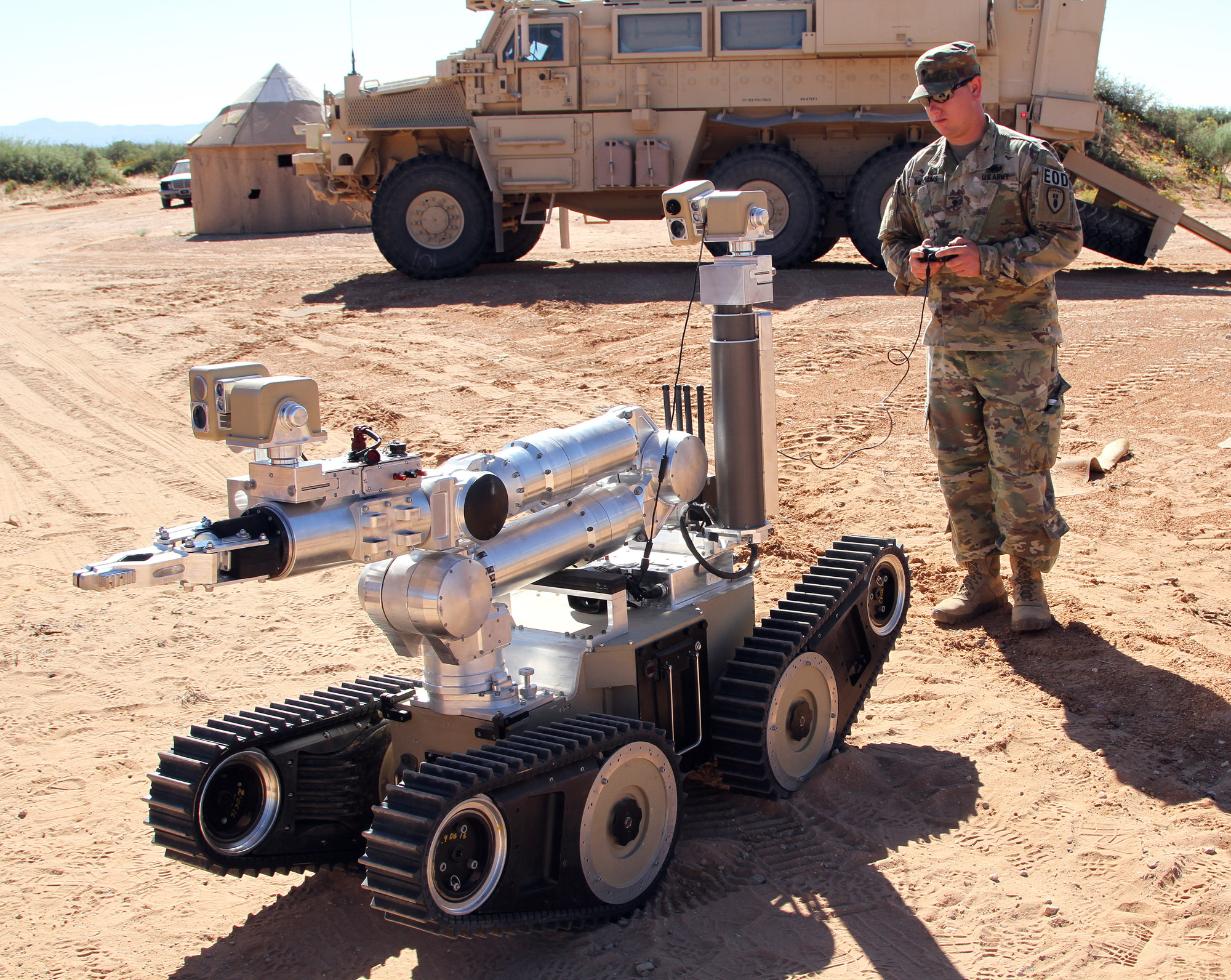
ASSESSING THE FUTURE
Spc. Colby J. McAdams of the 734th Ordnance Company controls an Adros FX robot using a Xbox 360 controller during the Brigade Modernization Command’s Army Warfighting Assessment (AWA) 17.1 in October 2016 at Fort Bliss, Texas. The AWA, distinct from the continuing series of network integration evaluations that began in 2011, is geared to explore the “realm of the possible” by evaluation potential interim solutions to Army Warfighting Challenges–new ideas not just in technology but also in tactics and concepts– in operationally relevant and rigorous scenarios. (Photo by Staff Sgt. Cashmere Jefferson, 7th Mobile Public Affairs Detachment)
This article was originally published in the January – March 2017 issue of Army AL&T Magazine.
Subscribe to Army AL&T News, the premier online news source for the Acquisition, Logistics, and Technology (AL&T) Workforce.







